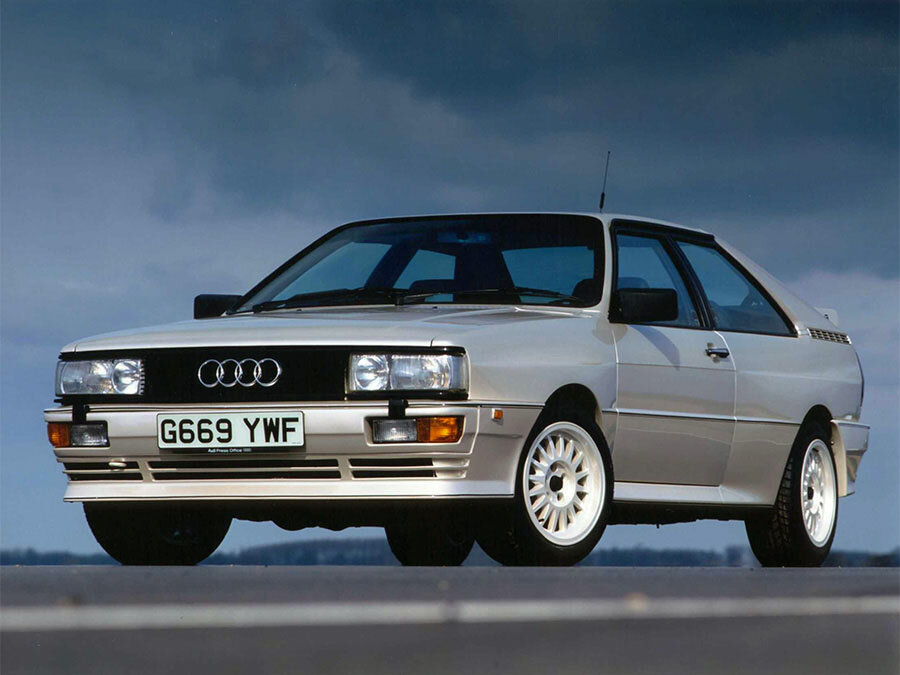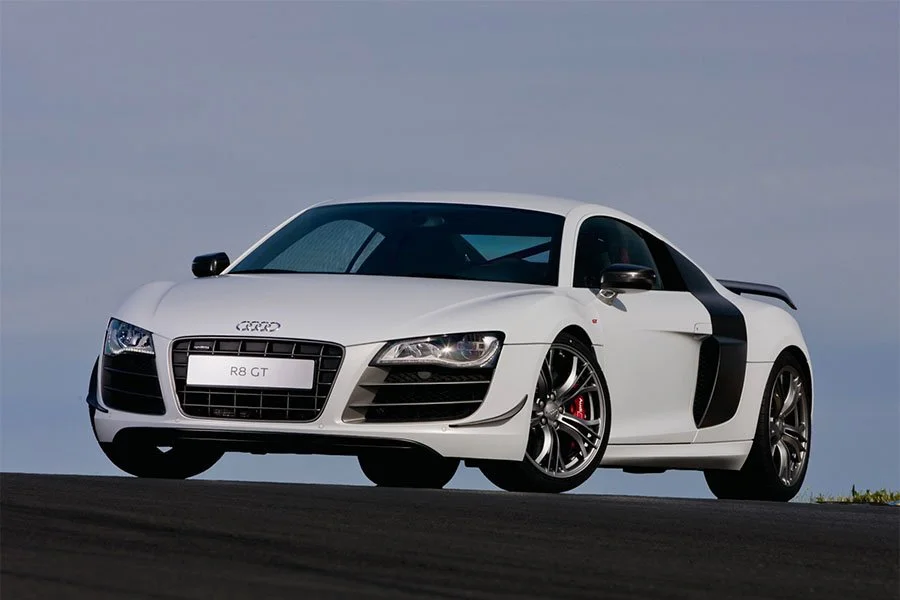Guide: Audi Quattro RR - a Historical & Technical Appraisal
/BACKGROUND
By the summer of 1989, the Audi Quattro was approaching the twilight of its career.
Although the car had long since been toppled from the pinnacle of world championship rallying, thanks to its punchy turbocharged engine and composed four-wheel drive chassis, it still offered an unmatched driving experience on the road.
The Quattro had a transformative affect on Audi’s image. Prior to its arrival, the firm had a reputation for well-engineered but utilitarian machinery. By the mid 1990s though, Audi had become a brand of similar prestige to Mercedes-Benz and BMW.
For much of this time, the Quattro had been Audi’s renowned flagship.
In the midst of a late 1980s economic boom and with Quattros still flying out of dealerships, Audi released one final derivative.
Demand for the model was clearly still there and, with new parts continually arriving on stream from the rest of the Audi range, development costs were minimal. Furthermore, with no true successor in the pipeline, Audi were desperate to keep the Quattro legend going a little longer.
Production of the new Quattro RR began in August 1989.
ENGINE / TRANSMISSION
In the pursuit of lower emissions, Audi’s two-valve single overhead camshaft engine found in the MB Quattro was dropped.
It was replaced with a new four-valve dual overhead camshaft engine that brought with it considerably more power and torque. Fuel economy was much improved as well.
Cross-flowed and with smaller inlet and exhaust valves, the head was once again formed from lightweight aluminium alloy. The existing cast iron block was retained.
All Quattros used an unusual inline five cylinder engine layout. They were also among the first cars to master turbocharging and, for this latest application, boost pressure was upped from 0.56 bar to 0.84 bar.
A KKK K24 turbo as fitted to the outgoing MB Quattro was retained.
Displacement was also unchanged: 2226cc thanks to a bore and stroke of 81mm and 86.4mm respectively.
Other new features of the RR engine included a higher compression ratio (increased from 8.6 to 9.3:1), new Bosch Motronic engine management and twin catalytic converters.
To keep the engine optimised, a second knock sensor was added.
As a result of this comprehensive list of updates, the RR engine offered a considerable step up in output.
Peak power went from 200bhp at 5500rpm to 220bhp at 5900rpm. Meanwhile (and perhaps more importantly), the torque rating jumped from 270lb-ft at 3000rpm to an astonishing 309lb-ft at just 1950rpm.
Audi’s permanent four-wheel drive system split power equally between the two axles.
Transmission was via the same five-speed manual gearbox with Torsen torque-sensing differential introduced on the 1988 model year MB Quattro. It enabled the rear differential to be locked but doing so disabled the ABS. The differential lock was speed-sensitive and at 20kph automatically disengaged (simultaneously re-engaging the ABS).
CHASSIS
Other new equipment for the RR Quattro included ventilated rear brake discs although disc sizes were unchanged (280mm front and 245mm rear).
The same B2 pressed steel unibody platform was retained. It had a 2524mm wheelbase and incorporated fully independent suspension via a Macpherson strut, lower wishbone and a coil sprung telescopic damper at each corner.
If turned through 180°, the Quattro’s suspension arrangement was virtually interchangeable front to rear.
Power steering was standard and a 90-litre fuel tank was installed above the rear axle.
15 x 8-inch light alloy wheels originally came shod with Pirelli P7 tyres.
BODYWORK
Visually, this latest variant could only be distinguished from its predecessor by the emblems mounted on the bootlid. Whereas the outgoing MB Quattro came with chrome plated ‘Audi’ script, Audi rings and ‘quattro’ emblems, the RR was only fitted with chrome plated Audi rings.
However, the lack of cosmetic updates did nothing to diminish the Quattro’s appeal. Despite automotive designers switching to soft curves as the 1980s wore on, the boxy old Quattro remained one of the most handsome large Coupes on the market.
INTERIOR
To freshen up the interior, Audi fitted a new three-spoke steering wheel, seats with ‘quattro’ script woven into the fabric and better quality carpet material.
As had been the case with the outgoing MB derivative, a sunroof and heated seats were standard.
The MB’s orange LCD instrumentation was retained (older models having used green graphics).
OPTIONS
Full leather upholstery and air-conditioning were optional extras.
WEIGHT / PERFORMANCE
Performance-wise, the new car’s considerable torque gain made the RR variant the most tractable of all Quattros.
Although weight rose from 1335kg to 1380kg, top speed went from 137mph to 143mph and the 0-62mph time dropped from 6.7 to 6.5 seconds. In-gear acceleration was also dramatically improved.
PRODUCTION CHANGES
The only development made during production was the switch from Pirelli P7 to Pirelli P700 tyres in 1990.
END OF PRODUCTION
The last RR Quattro rolled out of the factory on May 17th 1991 by which time just 934 examples had been completed.
By this time, some 11,452 Quattros had been completed over the model’s eleven year lifespan.
Eight months earlier, Audi had introduced the S2, a high performance four-wheel drive Coupe based on the latest B3 platform.
Despite its good looks and excellent driving dynamics, the S2 failed to capture the public’s imagination in the same way the original Quattro had.
The subsequent RS2 Avant (a collaboration between Audi and Porsche) did hit the mark, but only around 2200 were built and the model was produced for just 16 months between 1994 and 1995.
Text copyright: Supercar Nostalgia
Photo copyright: Audi - https://www.Audi.com
































